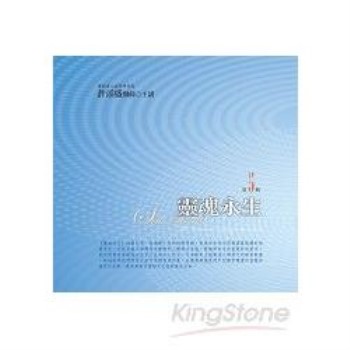The 21st century is finally seeing the lines move with respect to the policy of the French national education system towards its allophone population, and more particularly towards the overseas students who speak indigenous languages. It is in this context that the case of the department of Guyana, with its linguistic mosaic, presents itself as a laboratory of educational systems responding to the challenges of cultural and linguistic otherness. At the forefront of Amerindian claims, the Kali’na people, because of their dynamism and coastal location, and more particularly the ethnically homogeneous commune of Awala-Yalimapo, presented unique characteristics. This study was able to examine the sociolinguistic and educational situation at a pivotal moment: the era of mother-tongue speakers and the transformation of the Yamanale school into a bilingual Kali’na-French school with equal hours. May the observation of the sociolinguistic impacts and the mechanisms of the implementation of the new system allow us to progress in our approach to cultural-language problems.
| FindBook |
|
有 1 項符合
Awala的圖書 |
 |
$ 1980 | Amerindian Sociolinguistics and Education: Kali’na of Awala-Yalimapo
作者:Martin-Minaret 出版社:Our Knowledge Publishing 出版日期:2023-05-11 語言:英文 規格:平裝 / 52頁 / 22.86 x 15.24 x 0.3 cm / 普通級/ 初版  看圖書介紹 看圖書介紹
|
|
|
圖書介紹 - 資料來源:博客來 評分:
圖書名稱:Amerindian Sociolinguistics and Education: Kali’na of Awala-Yalimapo
|









